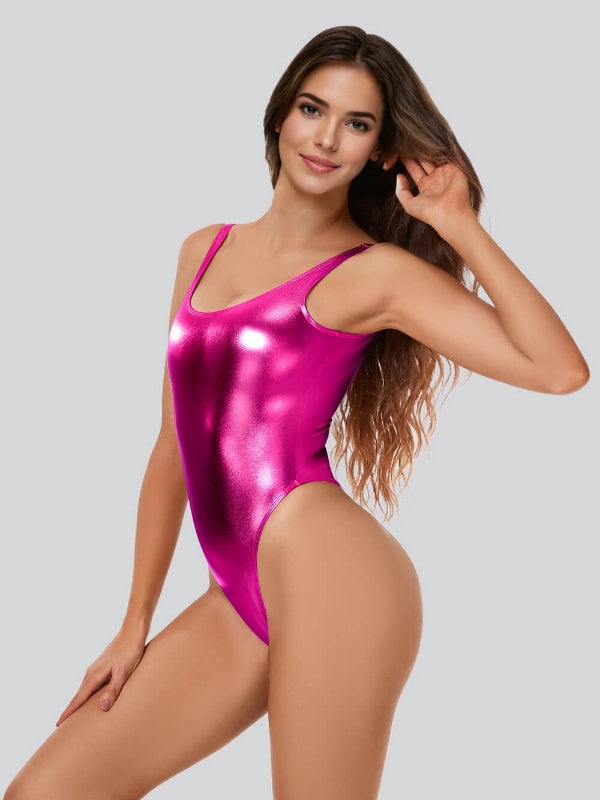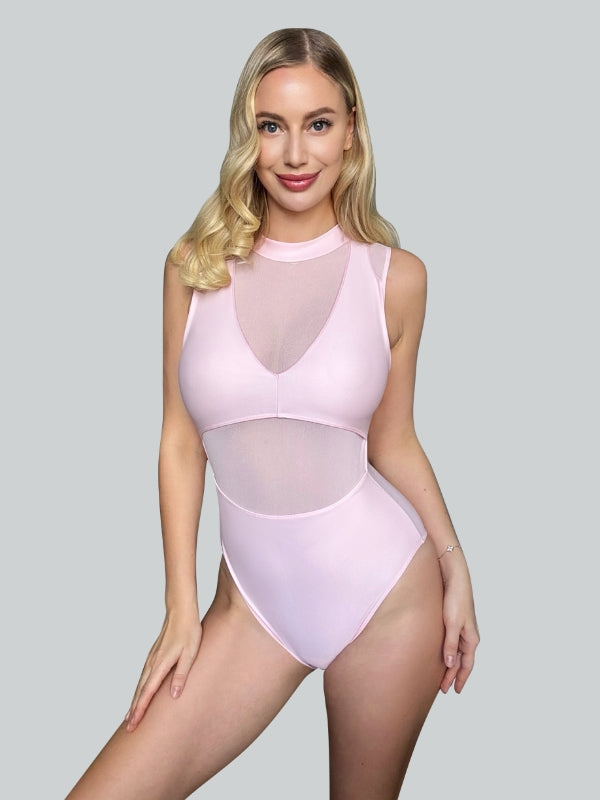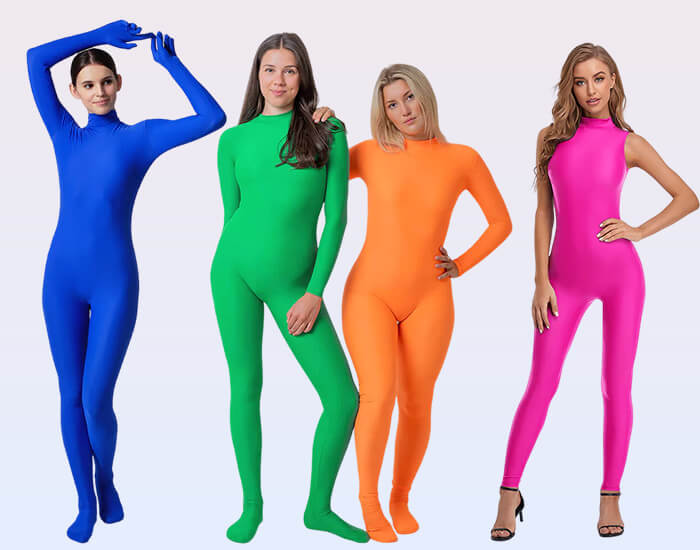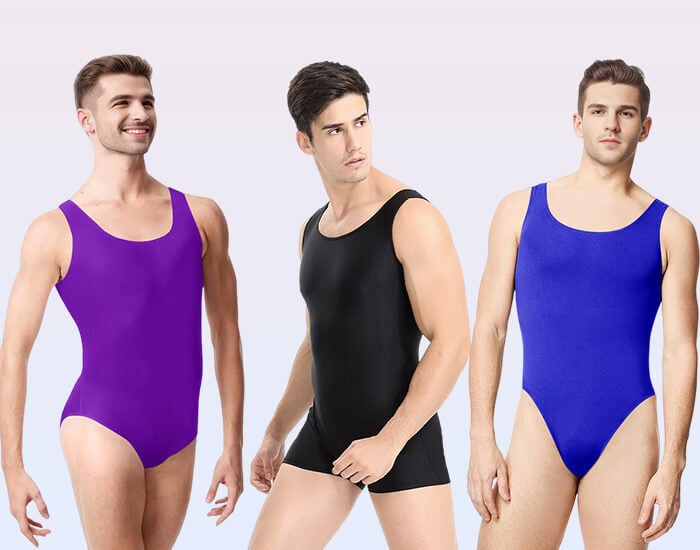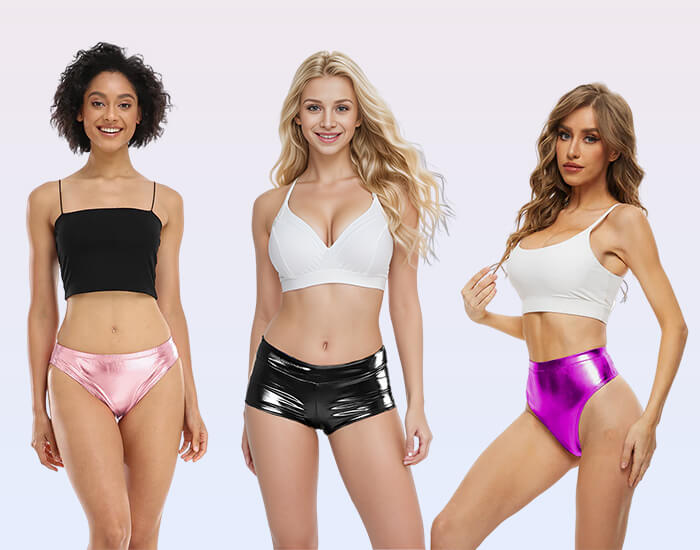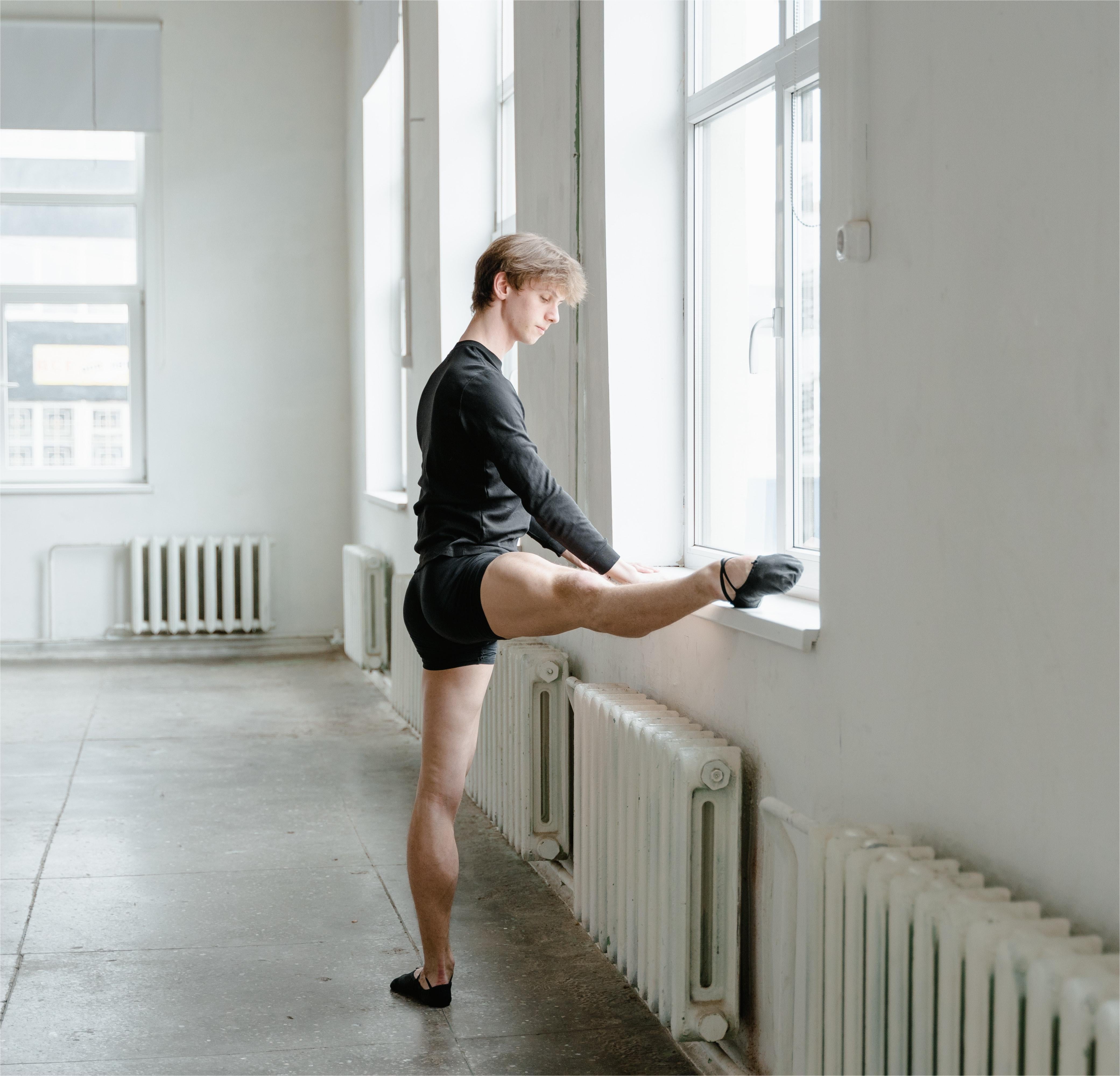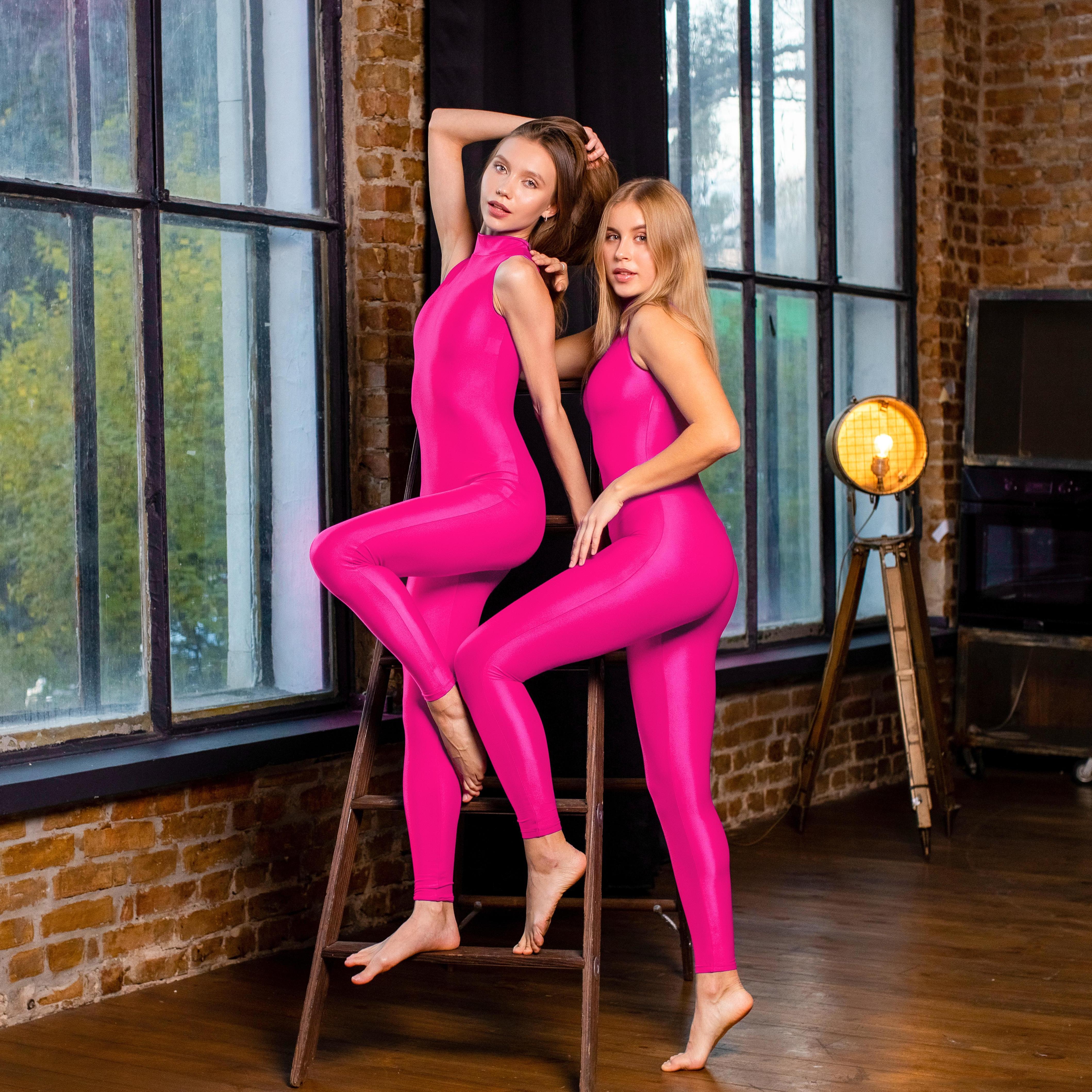In 2021, German gymnasts Sarah Voss, Elizabeth Seitz, and Kim Bui first caught the attention of the media and the community when they stepped onto the arena at the European championships wearing unitards, instead of the traditional leotards.

Joined by teammate Pauline Schaefer, they did it once again at the Tokyo games.
Up to that point, it was unconventional to see female gymnasts wearing full-body suits unless it was for cultural and religious reasons.
But, with support from their country's federation, German athletes took a stand against "sexualization in the sport."
Wearing a leotard has been a common practice in women's gymnastics for decades. Comparatively, male gymnasts wear singlets with loose shorts or long pants, which are not so revealing.
According to the Cambridge Dictionary, a unitard is a tight-fitting one-piece garment of stretchable fabric which covers the body from the neck to the ankles or feet while a leotard only covers a person's body from the shoulders to the top of the thighs.
German athlete Sarah Voss stated: "We women all want to feel good in our skin. In the sport of gymnastics, it gets harder and harder as you grow out of your child's body. As a little girl, I didn't see the tight gym outfits as such a big deal. But when puberty began, when my period came, I began feeling increasingly uncomfortable."
Elizabeth Seitz added: "We wanted to show that every woman, everybody, should decide what to wear. That doesn't mean we don't want to wear the normal leotard anymore. It's a decision day by day, based on how we feel and what we want. On competition day, we will decide what to wear."
They did not break any rules as the Code of Points allows both versions of competition attire.
The German Federation fully supported its gymnasts, adding that the issue had become all the more important to prevent abuse, which has been a hot topic in recent years.
Voss said she was proud of the decision and hopes more gymnasts follow her example if they feel uncomfortable in the most common outfits.
So far, no other gymnast has joined the unitard movement but plenty has shown their support, including Olympic gold medalist Simone Biles, who commented: "I stand with their decision to wear whatever they please and whatever makes them feel comfortable. So if anyone out there wants to wear a unitard or leotard it's totally up to you."
However, Biles revealed she won't be wearing a full-body suit for her own personal reasons as leotards make the legs appear longer during competition, therefore making her look taller.
Vogue added: "It's worth noting that an athlete can face a deduction for adjusting their uniform during their routines, even if they get a wedgie. A skintight catsuit still shows off the body, but doesn't run the risk of exposing an athlete mid-routine."
Matt Cowan from GK Elite, a global manufacturer, said most requests for unitards came from countries that required modesty for cultural and religious reasons. While he claims the consumer demand is not there yet, the brand possesses the resources and capabilities of designing them, hence providing more options for gymnasts.
The German women's Olympic gymnastic team's decision to wear unitards has highlighted the sexism long associated with women's sports and what they wear.
According to the Institute for the Study of Sport, Society and Social Change at San José State University: It's not just about the uniform. It's about creating equity, inclusion and
space for these young women, who are still growing into womanhood, to find and continue to use sport as a place of empowerment."
Whether it's in a leotard or a unitard, what's important is for these athletes to feel the most comfortable and not have to be concerned about how they look, or whether they are being objectified in these spaces of competition.













